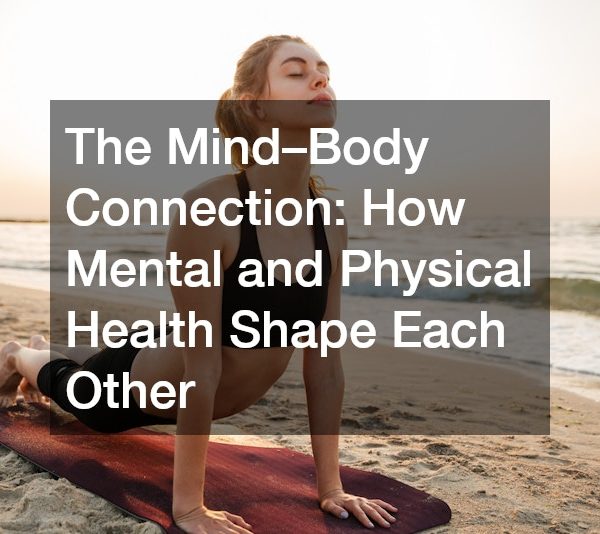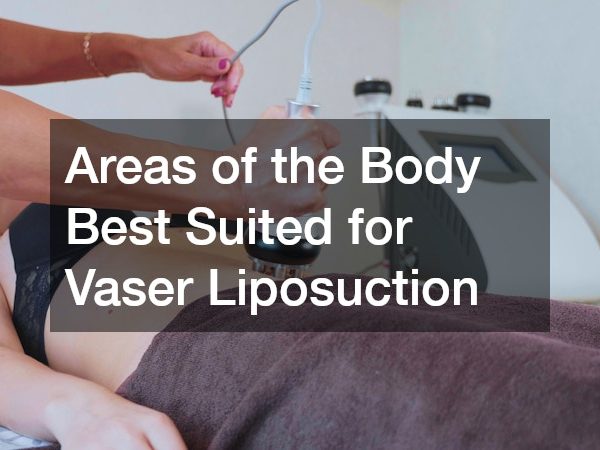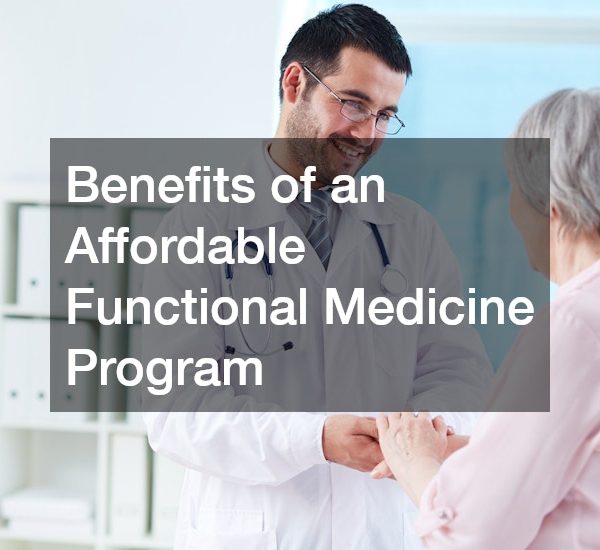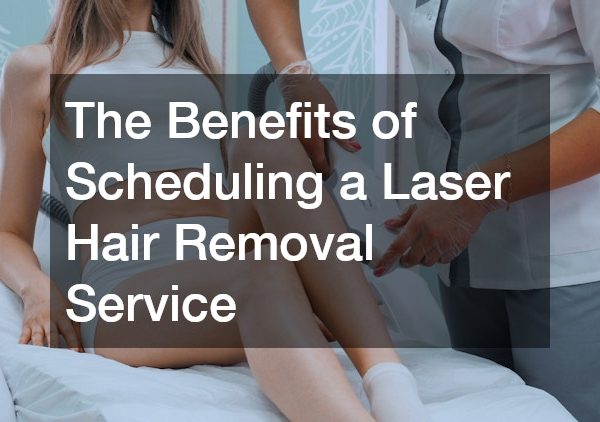- Venous insufficiency is a common condition that occurs when your veins struggle to return blood to your heart effectively.
- Varicose veins are swollen, twisted veins often appear on the legs and can cause discomfort, itching, and pain.
- Deep vein thrombosis (DVT) is a potentially life-threatening condition where blood clots form in your legs, pelvis, or arms.
- Spider veins (telangiectasia) are small dilated vessels typically found on the legs and face and are considered a cosmetic concern.
- Thrombophlebitis is an inflammation of a vein with symptoms like redness, warmth, tenderness, and swelling.
Your veins are essential circulatory system components that return deoxygenated blood to your heart. However, various conditions can affect these crucial vessels, leading to discomfort, pain, and potential health risks. In this guide, you’ll explore five common conditions that can impact your veins, gaining a deeper understanding of each and learning about possible treatments. Whether seeking knowledge for preventive measures or dealing with a specific vein-related issue, this information will empower you to make informed decisions about your vascular health.
1. Venous Insufficiency
Venous insufficiency is a widespread condition that occurs when your veins struggle to carry blood from your limbs back to your heart effectively. It often affects the lower extremities, causing symptoms like swelling, pain, and skin changes. Chronic venous insufficiency can lead to more severe complications such as venous ulcers. The primary cause of this condition is damaged or weakened vein valves, which prevent blood from flowing upward against gravity.
Venous insufficiency treatment varies depending on the severity of the condition. For mild cases, lifestyle changes like regular exercise, elevating your legs, and wearing compression stockings can help improve blood flow and alleviate symptoms. In more advanced cases, medical procedures such as endovenous laser treatment (EVLT), radiofrequency closure, or vein surgery may be necessary to repair or remove damaged veins and restore proper blood circulation. If you suspect venous insufficiency, consult a vascular specialist for a thorough evaluation and personalized treatment plan.
2. Varicose Veins

Varicose veins are a common cosmetic and medical concern, characterized by swollen, twisted veins often appearing on the legs. They occur when the valves in your veins become weak or damaged, allowing blood to pool in the veins and causing them to enlarge. Besides their unsightly appearance, varicose veins can cause discomfort, itching, and pain.
Here are some tips to avoid varicose veins:
Lifestyle Modifications for Varicose Veins Prevention
Regular physical activity can play a significant role in preventing varicose veins. Exercise promotes better blood circulation in the legs, strengthens your veins, and assists in maintaining a healthy weight. Walking, running, and cycling are excellent activities to incorporate into your daily routine.
Healthy Diet for Healthy Veins
A balanced diet of high-fiber and low-salt foods can help prevent varicose veins. High-fiber foods can prevent constipation, contributing to varicose veins, while low-salt foods can prevent water retention, exacerbating the condition. For an optimal vein-friendly diet, include whole grains, fresh fruits, and vegetables.
The Role of Compression Stockings in Varicose Veins Management
Compression stockings are often the first line of defense against varicose veins. They improve circulation by exerting pressure on your legs and veins, helping the blood to flow more efficiently. These stockings come in various strengths and lengths and can be purchased over the counter or prescribed by a healthcare provider.
The Impact of Varicose Veins on Quality of Life
While varicose veins are often considered a cosmetic issue, they can greatly affect one’s quality of life. Symptoms can range from mild discomfort to severe pain, impacting daily activities. It’s essential to consult with a healthcare provider for early detection and treatment to prevent potential complications and enhance overall well-being.
3. Deep Vein Thrombosis (DVT)
Deep vein thrombosis is a serious condition that poses a risk to your life. It occurs when blood clots develop in the deep veins of your legs, pelvis, or arms. These clots can block blood flow, leading to pain, swelling, and, in severe cases, pulmonary embolism (a clot breaking free and traveling to the lungs), which can be fatal.
The standard treatment for deep vein thrombosis (DVT) generally consists of administering anticoagulant medications, also known as blood thinners. These medications play a crucial role in preventing the clot from further enlargement and effectively reducing the risk of pulmonary embolism. In some cases, clot-busting medications or catheter-directed thrombolysis may dissolve the clot more rapidly. Additionally, the use of compression stockings helps reduce swelling and discomfort during the healing process. If you suspect you have DVT, seek immediate medical attention, as prompt treatment is crucial to prevent complications.
4. Spider Veins

Spider veins, medically referred to as telangiectasia, are tiny blood vessels that become dilated and are visible near the surface of the skin, forming a pattern reminiscent of a delicate web. They are typically found on the legs and face and are often considered a cosmetic concern rather than a medical issue. While they are not usually painful, some people may experience mild discomfort or itching.
Treatment for spider veins is primarily cosmetic and not medically necessary. Sclerotherapy is a widely used procedure to eliminate spider veins. Laser therapy is another option, targeting and diminishing spider veins with focused light energy. While these treatments can effectively remove spider veins, new ones may develop over time, so regular follow-up with a dermatologist or vascular specialist may be necessary.
5. Thrombophlebitis
Thrombophlebitis is an inflammation of a vein, often accompanied by the formation of blood clots. This condition can occur in both superficial veins (superficial thrombophlebitis) and deep veins (deep vein thrombophlebitis). Symptoms include redness, warmth, tenderness, and swelling along the affected vein; in some cases, you may feel a firm, cord-like structure under your skin.
Treatment for thrombophlebitis typically involves anti-inflammatory medications and blood thinners to reduce pain and prevent clot formation. In mild cases, warm compresses and elevation of the affected limb can also help relieve symptoms. If a blood clot is present, more aggressive treatment may be necessary, such as anticoagulation therapy or, in rare instances, surgical removal of the clot. Always consult a healthcare professional if you suspect you have thrombophlebitis, as it can lead to more serious conditions if left untreated.
In Summary
Your veins play a crucial role in maintaining proper blood circulation. Understanding the common conditions that can affect your veins is essential for maintaining good vascular health. Whether you’re dealing with venous insufficiency, varicose veins, deep vein thrombosis, spider veins, or thrombophlebitis, seeking timely medical evaluation and treatment is key to managing these conditions effectively. Remember that a healthy lifestyle, including regular exercise and proper leg elevation, can often complement medical treatments, ensuring your veins continue to support your overall well-being. Prioritize your vascular health, and consult with healthcare professionals to address any concerns or symptoms related to your veins.






